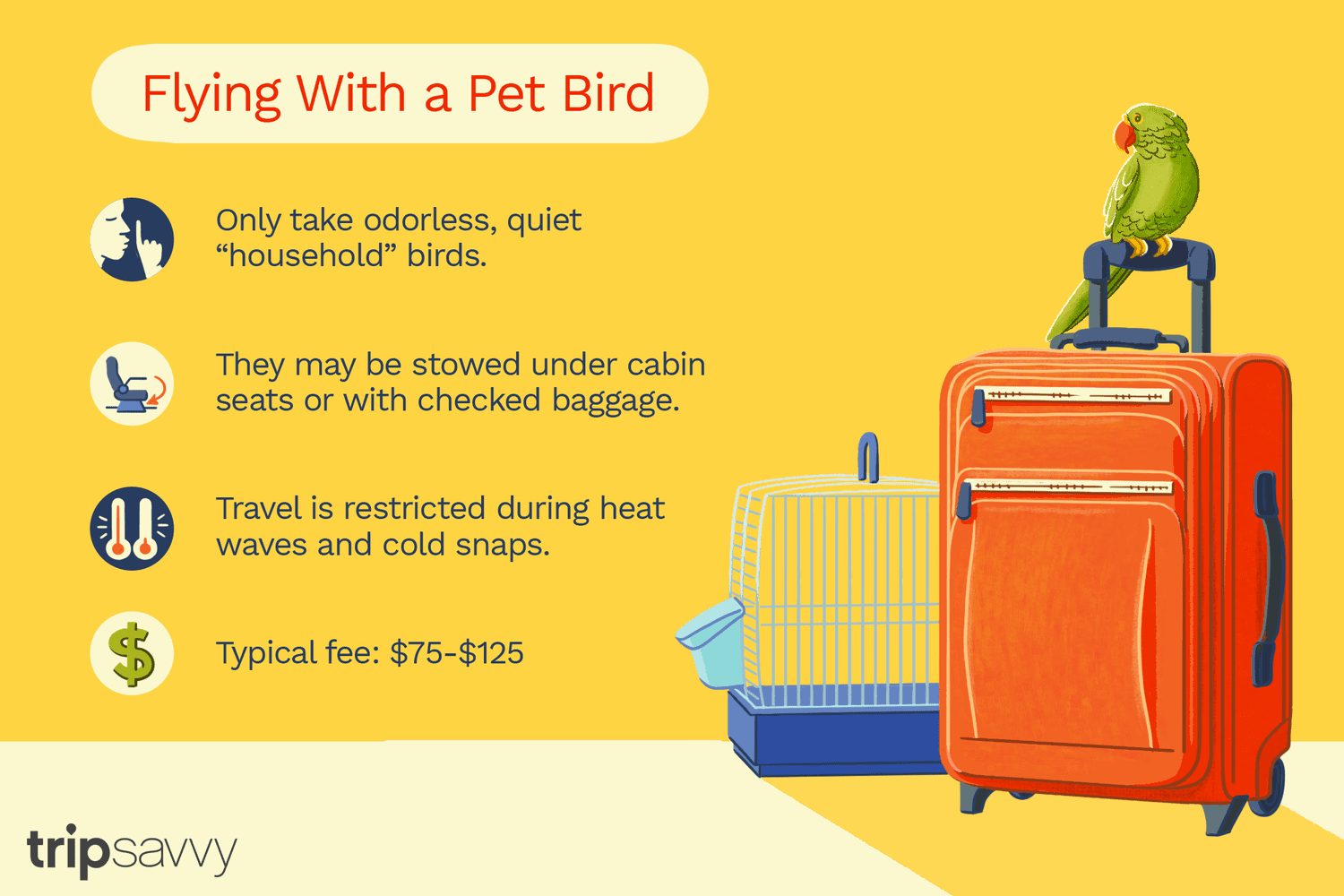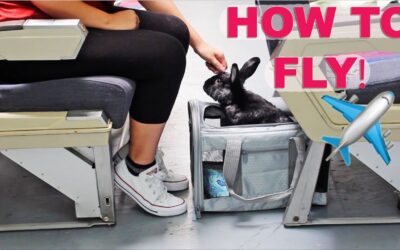Many pet owners wonder if they can bring their beloved feathery friends on international flights. The desire to keep your birds close, even when traveling long distances, is understandable. However, there are several important factors to consider when flying with birds.
Regulations and Requirements
Before making any plans, it’s crucial to check the regulations and requirements set by the airline as well as the destination country’s laws regarding the importation of birds. Different countries have varying rules when it comes to bringing animals across their borders, and it’s essential to comply with these regulations to avoid any legal issues.

Credit: www.petcoach.co
Traveling with Pet Birds
When flying with pet birds, it’s important to prioritize their safety and well-being. Many airlines allow birds to travel, but there are specific guidelines that need to be followed. The use of an appropriate pet carrier is usually required to ensure that the bird is secure and comfortable during the journey.
Moreover, some airlines may have restrictions on the types of bird breeds that can be transported, so it’s vital to inquire about these details when making flight arrangements. Additionally, health certificates and relevant documentation may be necessary to demonstrate that the bird is healthy and free from any communicable diseases.
Considerations for Long-Haul Flights
For long-haul international flights, extra precautions and planning are needed to ensure the well-being of pet birds. Due to the extended duration of the journey, special attention should be given to the bird’s hydration, nutrition, and overall comfort. It’s essential to consult with a veterinarian to obtain advice on how to prepare the bird for the flight and to address any specific concerns.
Alternatives to Air Travel
While bringing birds on international flights is a possibility, some pet owners may consider alternative options to ensure the safety and comfort of their feathered companions. Depending on the specific circumstances, it might be more suitable to arrange for a professional pet transport service that specializes in handling avian passengers.
Additionally, if the travel distance is not excessively long, driving to the destination might be a viable alternative, allowing the pet owner to accompany their bird throughout the journey and attend to their needs more readily.

Credit: www.petsthattravel.com
Final Thoughts
In conclusion, bringing birds on international flights is feasible, but it requires careful planning and adherence to the regulations of the airline and the destination country. Prioritizing the comfort, safety, and well-being of the birds should be the primary concern when making travel arrangements. Exploring alternative travel options and seeking professional advice can provide valuable insights for pet owners intending to fly with their birds.
Frequently Asked Questions On Can We Take Birds In International Flight
Can We Take Birds On An International Flight?
Yes, you can take birds on an international flight, but certain regulations and preparations must be followed. Proper documentation, suitable travel containers, and adherence to airline policies are necessary.
What Are The Regulations For Taking Birds On An International Flight?
Regulations for taking birds on an international flight may vary depending on the destination and the airline. It is crucial to check with the respective airline and comply with the specific rules and regulations of the country you are traveling to.
Are There Any Restrictions On The Types Of Birds That Can Be Taken On An International Flight?
Certain countries and airlines may have restrictions on the types of birds that can be taken on an international flight. Endangered species and highly sensitive birds may require additional permits and approvals. Always check with the relevant authorities before traveling.
How Should Birds Be Transported During An International Flight?
Birds should be transported in suitable travel containers that provide adequate ventilation, security, and comfort. These containers should meet the airline’s requirements for size and safety. Avoid any unnecessary stress or discomfort for the birds during transit.



